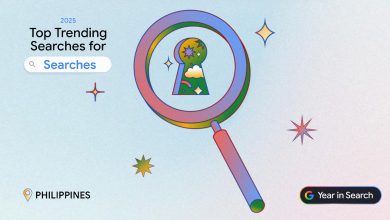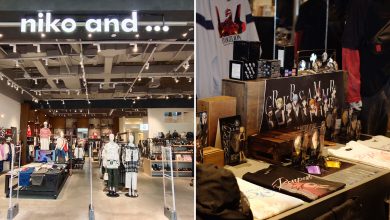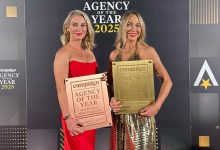SINGAPORE – Publicis Groupe has entered into a definitive agreement to acquire HEPMIL Media Group, South East Asia’s preeminent influencer agency.
HEPMIL serves over 450 brands through its relationships with over 3,000 high-value creators, with a total creator reach of over 1 billion in six Southeast Asian markets.
Founded in 2015 in Singapore, the company’s origins trace back to its next-generation media platforms SGAG (established in 2012), MGAG and PGAG which are loved by over 70 million people in Southeast Asia and have become household names. A focus on creator-led storytelling, culturally relevant formats and deep relationships with creators who have grown with HEPMIL through HEPMIL Creators Network (HCN), has seen the Southeast Asia born agency to accelerate by double digits since inception.

Influencer marketing is set to grow between 12%-15% in Southeast Asia over the next 5 years with influencer marketing spend likely to exceed USD 1.4 billion by 2030. HEPMIL has unparalleled expertise in building digital communities, empowering local creators, and delivering platform-native branded content that engages audiences and drives growth for clients. Combining HEPMIL with Publicis’ best-in-class data across Lotame and Epsilon’s ID graph spanning over 800 million consumer profiles in Southeast Asia, will cement the group’s leadership in ID-driven influencer marketing in a key region for clients, that is increasingly taking a social-first approach.
Concretely, it will give the Groupe’s clients access the region’s only creator practice that can:
- Unite social and audience strategy, influencer management and data-led content creation at a time when the Southeast Asia marketplace is asking for social-first capabilities.
- Maximise cross channel outcomes by unifying and measuring the media impact and business results of a social and influencer activities across platforms and formats.
- Deliver data-led, brand-safe, meaningful and differentiated social and influence campaigns that connect brands to the right target consumers who are the sources of future growth.
Arthur Sadoun, Chairman & CEO Publicis Groupe commented: “After the acquisition of Influential 18 months ago and Captiv8 earlier this year, to build the world’s most powerful connected influencer platform, we’re doubling down on data-driven creator marketing in what is a highly strategic region for Publicis and our clients. Through the combination of HEPMIL’s reach, content expertise and social platforms with the power of Publicis’ identity graph and our unique media ecosystem, we’re building South East Asia’s first end-to-end influencer solution, enabling clients to unite social strategy, influencer management and cross-platform content to deliver creator solutions that drive to real, measurable business outcomes. I’m delighted to welcome the outstanding HEPMIL teams to the Publicis family.”
Amrita Randhawa, CEO of Publicis Groupe Singapore and Southeast Asia said “Parts of the solution that is right for clients exist in all parts of industry. But no one has brought everything together meaningfully in Southeast Asia. We will change that. HEPMIL’s origins as the creators of some of Southeast Asia’s most loved consumer content has helped redefine how brands can show up natively, authentically, and with real-time cultural relevance. Now powered by the AI, data and platform prowess of Publicis Groupe we will ensure every dollar of clients’ social and influence spend is genuine, accountable and in service of growth in Southeast Asia.”
“HEPMIL started as a dream in Singapore Management University for Adrian Ang my co-founder and myself to start our own business. With an incredible team of over 300 people the last 10 years have seen this dream become a reality. And today marks the beginning of the next chapter of our acceleration. This opportunity to work with the entire team in Publicis Groupe Southeast Asia and globally is going to unlock so much more value for our business, client partners, creator network and our employees.” said Karl Mak, CEO and Co-founder of HEPMIL Media Group.
HEPMIL will continue to operate as a brand, and work in close collaboration with Publicis Groupe teams across South East Asia.
The transaction is subject to the satisfaction of customary closing conditions.








